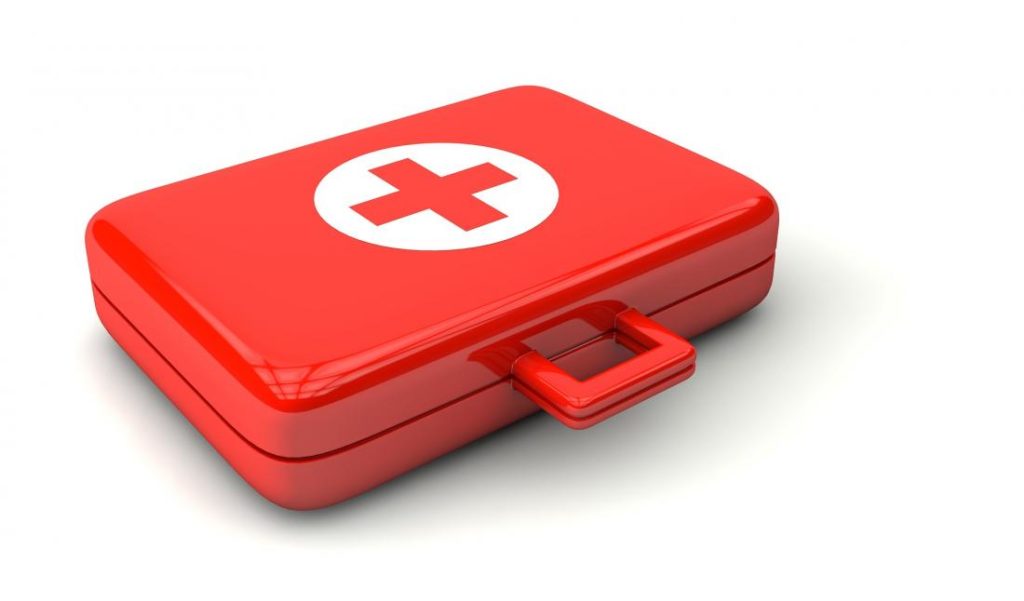
It’s important to know when someone has a broken bone; this knowledge can help to know what to do when giving first aid after the break. Medical treatment is recommended by Jaymes Granata, MD, so it’s important to call 911 or get needed attention by having someone drive them to a doctor’s office, emergency room or urgent care. The first aid given can be a big help before the emergency medical personnel have a chance to look at the patient. It can also prevent other issues later on that could hinder a full recovery.
Watch Out For Pain
One symptom that is repeated over and over is serious pain at the site of the break; pain is present when the person tries to move as they regularly would. There might be bruising and swelling and it can look strange at the site of the break or the bone may have even punctured the skin. There may be bleeding associated with the injury that requires immediate attention by placing a compress against the wound. Numbness in the area is not uncommon. If there is doubt about whether or not it is a fracture, administer first aid as if it is a fracture.
What To Do If This Happens
It’s important that the person is not moved, especially if there is a break of the head, neck and/or back. The only reason a person should be moved is if the area they are in puts them in danger of more injury or even death. Check to see if they are breathing and conscious at this point; if they are not breathing start CPR immediately and keep doing it until help arrives. Stop any bleeding that can be seen, this will require someone to use gentle pressure with a sterile piece of cloth, like sterile gauze or a bandage, over the wound. Cover the person to keep them warm if warranted to help them if they are going into shock. Also, if they appear to be in shock, put their head lower than their body with the legs elevated. Under no circumstances should someone put the broken bone back in the skin or try to line it up. If the person giving first aid has had proper training, a splint or bandages can be used to stabilize the area. Don’t offer the injured person food or drink as they may need medical treatment requiring anesthesia. An ice pack wrapped in a cloth can be used on the fracture site for a few minutes to help with swelling and pain.
Get A First Aid Kit
Try to keep a fully loaded First Aid kit on hand at all times. Loaded kits come in handy for a variety of emergencies, not just those dealing with fractures. It is easy to assemble a kit with supplies such as bandages. Others may want someone else to put together the essentials, that’s why many companies now offer ready to go kits that accommodate a range of emergencies. The choice is entirely up to each individual and doctors are always available if questions arise about which supplies are best.
